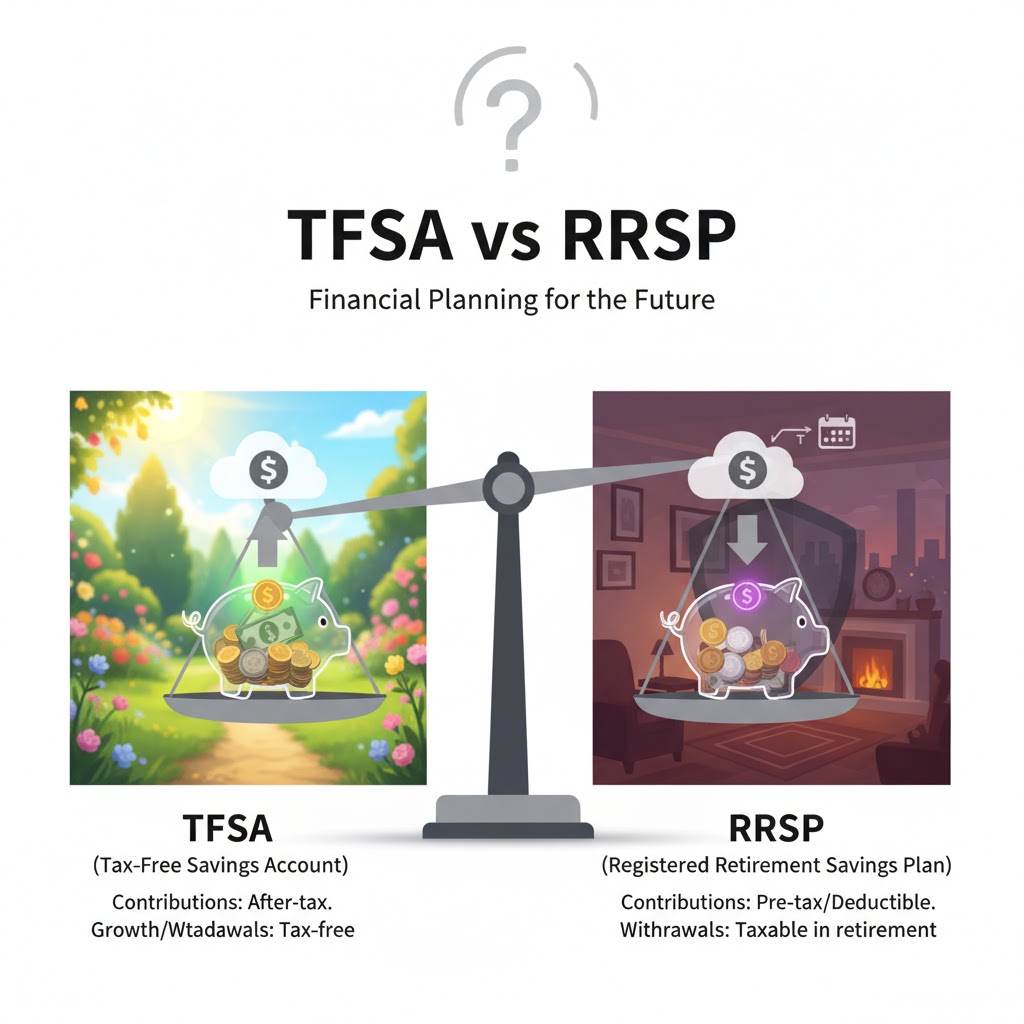
Why Retirement Planning Is More Important Than Ever in 2025
As Canadians face a shifting economic landscape in 2025, retirement planning is more vital than ever. Rising inflation, fluctuating interest rates, and ongoing changes to government benefits make having a well-rounded retirement strategy essential for long-term financial stability.
Key Insight
According to recent studies, Canadians who start planning for retirement in their 40s can accumulate significantly more wealth than those who wait until their 50s, thanks to the power of compound interest and tax-advantaged accounts.
The Canadian retirement system offers multiple tools to help you build wealth for your golden years. Understanding how to maximize these opportunities can make the difference between a comfortable retirement and financial stress.
An Overview of Canada’s Retirement System

Canada Pension Plan (CPP)
The CPP provides a foundation for retirement income, but it's designed to replace only about 25% of your pre-retirement earnings. In 2025, the maximum CPP benefit is approximately $1,364 per month, but most Canadians receive less than this amount.
Old Age Security (OAS)
OAS provides a basic income for Canadians aged 65 and older. The maximum OAS benefit in 2025 is about $713 per month, but this amount is reduced for higher-income earners through the OAS recovery tax.
Guaranteed Income Supplement (GIS)
GIS provides additional income for low-income seniors receiving OAS. This program ensures that even those with minimal retirement savings have a basic level of income security.
Making the Most of Your RRSP Contributions
Registered Retirement Savings Plans (RRSPs) remain one of the most powerful tools for Canadian retirement planning. In 2025, the RRSP contribution limit is $31,560, representing 18% of your previous year's earned income up to this maximum.
RRSP Strategies for 2025
Consider these strategies to maximize your RRSP benefits:
- Contribute early in the year to maximize tax-deferred growth
- Use the Home Buyers' Plan if you're a first-time homebuyer
- Consider spousal RRSPs for income splitting opportunities
- Review your asset allocation annually
Tax-Free Savings Account (TFSA) Optimization
The TFSA continues to be an essential component of Canadian retirement planning. In 2025, the TFSA contribution limit is $7,000, bringing the total contribution room for someone who has been eligible since 2009 to $95,000.

TFSA vs RRSP: Which Should You Choose?
Both accounts offer unique advantages:
- TFSA: Tax-free withdrawals, flexible access, no mandatory withdrawals
- RRSP: Immediate tax deduction, tax-deferred growth, forced savings
The optimal choice depends on your current tax bracket, expected retirement tax bracket, and financial goals. Many Canadians benefit from using both accounts strategically.
Investment Strategies for Retirement
Building a diversified investment portfolio is crucial for long-term retirement success. Consider these approaches:
Asset Allocation by Age
A common rule of thumb suggests subtracting your age from 100 to determine your stock allocation percentage. However, this approach should be adjusted based on your risk tolerance, financial situation, and retirement timeline.
Low-Cost Investment Options
Consider low-cost index funds and ETFs to minimize fees and maximize returns. Even small differences in fees can significantly impact your long-term wealth accumulation.
Retirement Income Planning
Planning for retirement income involves more than just accumulating assets. You need to consider:
- Required minimum distributions from RRSPs
- Tax implications of different withdrawal strategies
- Healthcare costs and long-term care planning
- Inflation protection strategies
